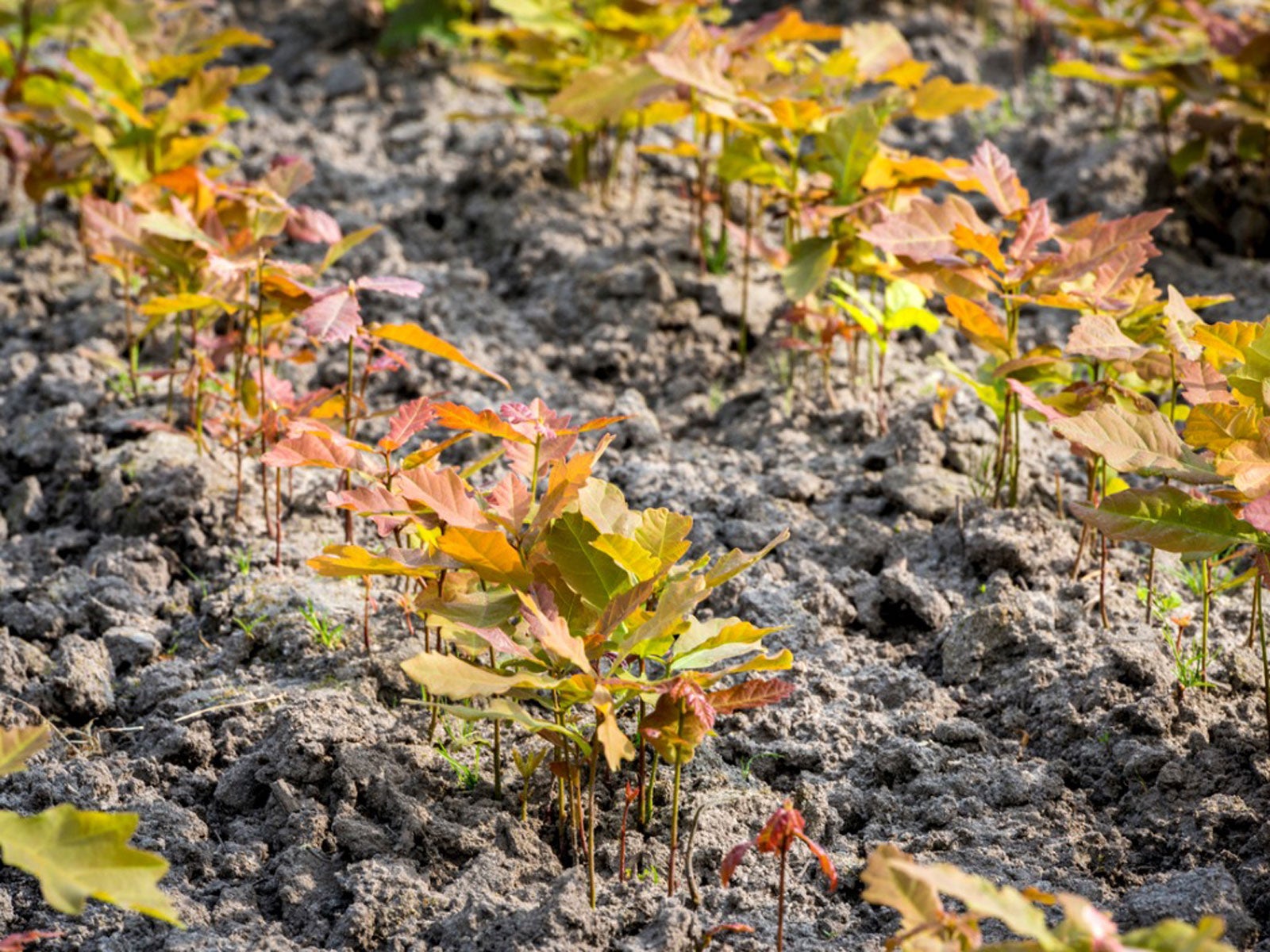Native Plant Nurseries – How To Start A Native Plant Nursery


Starting a native plant nursery is a rewarding adventure for people who love native plants, and if you plan carefully, you may be able to turn that love of native plants into cash. Are you wondering how to start a native plant nursery? Starting any business, especially a plant nursery, requires a lot of consideration and careful planning.
What is a Native Plant Nursery?
A native plant nursery specializes in plants that are native to a certain ecoregion. Native plants are those that evolved along with the wildlife, insects, and other life forms that occupy that area. People are interested in purchasing native plants not only because they’re beautiful, but because they offer numerous environmental benefits.
Native plants are easy to care for, requiring very little water and usually no pesticides or chemical fertilizers. They also provide food and water for wildlife, improve water quality, and support pollinators.
How to Start a Native Plant Nursery
Running native plant nurseries isn’t a get-rich-quick business realistically. Creating a nursery with native plants as the focus requires lots of hard work with long hours and little time off, at least getting started. Here are some things to think about.
- Consider starting small. Many nursery owners do start with a small operation in their backyard, selling seeds, cuttings, or small plants to farmer and flea markets or from roadside stands. They often work full time, usually in a related career, and then gradually expand their nursery business.
- Determine your target market. For instance, do you want to sell wholesale plants to retail nurseries or landscapers, or would you rather sell retail plants to the public. Mail order also works well for many nurseries.
- Determine what type of business is best. Types include a sole proprietorship or limited liability corporation (LLC), among others. Most nurseries start as sole proprietorships, but all types offer certain advantages and disadvantages. Research carefully or meet with an accountant.
- Form a business plan. Ask yourself exactly what you want to accomplish when you’re planning to open a nursery with native plants. Lack of planning is one of the primary reasons why nurseries don’t make it.
- Develop a mission statement. Determine your goals and primary focus and put it in writing. Don’t make the statement too narrow. Allow for flexibility.
- Figure out what you can afford. Will you need financing? Starting a small backyard nursery may not require a lot of cash, but a larger nursery, even a small one, can be a substantial investment.
- Be sure you have the skills. Horticultural skills and an entrepreneurial mindset are only the beginning. Depending on the size of your native plant nursery, you may need to know something about management, marketing, computers, and customer service, as well as technical skills such as building, heating and cooling a greenhouse; plumbing, irrigation, and electrical systems.
- Determine its location. Will you need to purchase land? This is a huge decision and you’ll need to consider factors such as land use laws, cost, size, proximity to customers, climate, drainage, water, and soil.
Sign up for the Gardening Know How newsletter today and receive a free copy of our e-book "How to Grow Delicious Tomatoes".

A Credentialed Garden Writer, Mary H. Dyer was with Gardening Know How in the very beginning, publishing articles as early as 2007.